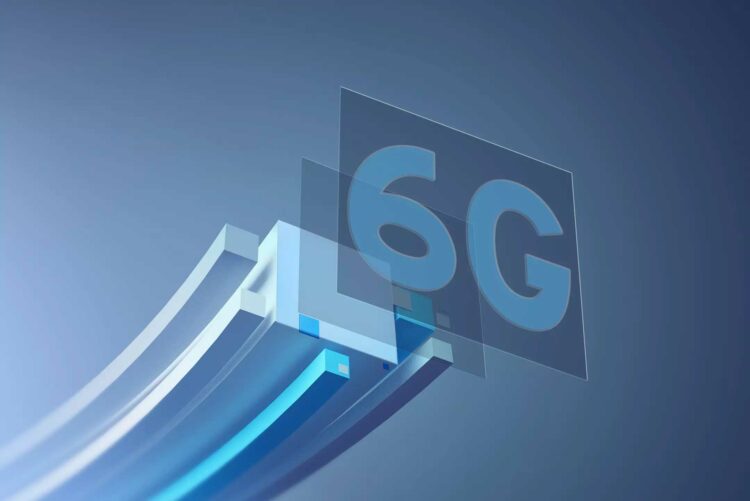Compared with 5G technology, 6G technology has the following improvements and advantages:
1. Higher spectrum. 6G is expected to use a higher spectrum, including millimeter waves up to 100GHz and above, and terahertz bands, which will provide greater bandwidth and faster speeds. The theoretical peak rate of 6G can reach 1Tbps, which is 10 to 100 times that of 5G.
2. Lower latency. By using higher spectrum and more advanced technologies such as reconfigurable intelligent surfaces, 6G can achieve ultra-low latency of less than 1 ms, enabling more real-time applications.
3. Higher connection density. 6G can support tens of billions of connections, 10 to 100 times that of 5G, allowing it to connect intelligent devices and sensors everywhere.
4. Stronger computing power. 6G can leverage distributed edge cloud and cloud-native architecture to achieve more powerful computing and storage capabilities to support resource-intensive applications.
5. Higher reliability and accuracy. 6G will utilize more precise directional transmission technologies to achieve millimeter-level positioning accuracy, providing new support for applications that rely on high-precision positioning.
6. Wider range of applications. 6G will support emerging technologies and applications ranging from augmented reality to digital twins, driving the formation and development of intelligent connectivity ecosystems.
7. Higher security. 6G will implement more comprehensive and powerful security mechanisms in network architecture, identity identification, and data encryption, providing higher-level protection for important data and connections.
In summary, 6G will bring significant improvements in peak data rate, air latency, connection density, computing power, localization accuracy, application scenarios, and security, supporting richer user experiences and innovative applications. However, 6G standards and technologies will take some time to mature and commercialize.







